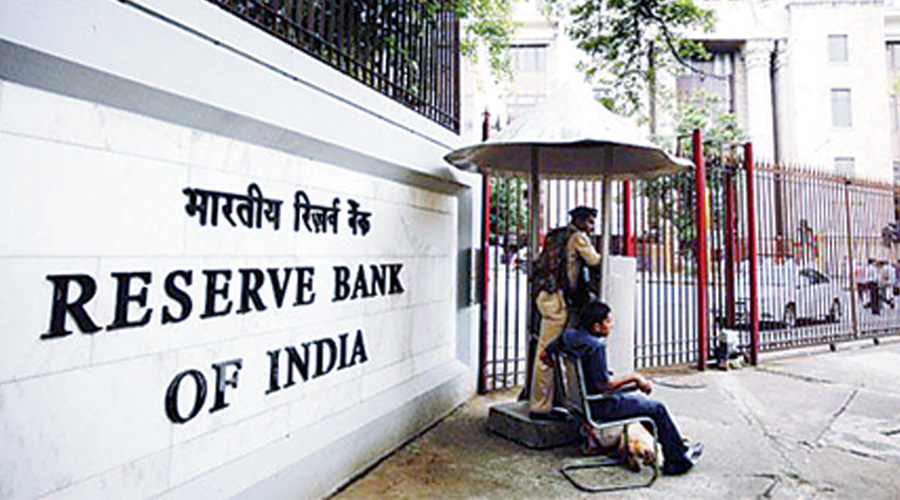The Reserve Bank of India (RBI) on Monday capped the tenure of a chief executive at a private bank at 15 years while tightening corporate governance rules that have been vigorously debated in the industry since the central bank floated a discussion paper on the subject last June.
The immediate fallout of the final guidelines is that Uday Kotak will be able to continue as MD and CEO of Kotak Mahindra Bank until January 2024 after which he will have to appoint a successor.
The spotlight had fallen on Uday Kotak, who has been leading the bank since 2003, after the central bank articulated its resolve to tighten governance standards in the banking industry.
Under the draft rules framed in the discussion paper, Kotak would have had to step down in April 2023 assuming the guidelines came into effect from April 2021.
However, the banking regulator had granted Kotak a three-year extension starting January 1, 2021. Under the provisions of the latest circular, he will be allowed to complete his tenure.
Releasing the final guidelines today, the RBI said the post of the MD&CEO or whole-time director (WTD) cannot be held by the same incumbent for more than 15 years.
It added that the individual will be eligible for re-appointment as MD & CEO or WTD in the same bank, if considered necessary and desirable by the board, but this will be allowed only after a three-year cooling period during which the “individual shall not be appointed or associated with the bank or its group entities in any capacity either directly or indirectly”.
The current upper age limit of 70 years for MD & CEO and WTDs in private sector banks will continue. However, within the overall limit of 70 years, individual bank’s boards are free to prescribe a lower retirement age for the WTDs, including the MD & CEO.
The RBI said that a MD & CEO or WTD who is also a promoter or a major shareholder, cannot hold these posts for more than 12 years. However, in extraordinary circumstances and at the RBI’s sole discretion, the incumbent may be allowed to stay on as MD & CEO or WTD up to 15 years.
There is a caveat here: the re-appointment of a promoter as MD and CEO will be linked to the bank’s adherence to milestones relating to share dilution — an issue that turned controversial last year when Kotak went to court challenging an RBI directive.
In December 2018, Kotak had taken the RBI to court challenging the central bank’s directive issued in August 2017 that required him to trim the promoter’s stake to 20 per cent of paid-up voting equity capital by December 31, 2018 and to 15 per cent by March 31, 2020.
A compromise was eventually reached and the banking regulator said promoters could hold up to 26 per cent in the bank. However, the promoter’s voting rights were restricted to 15 per cent with effect from April 2020.
In June last year, Uday Kotak sold 5.6 crore shares, or a 2.8 per cent stake, to bring down his stake in Kotak Bank to a little over 26 per cent to comply with RBI regulations.
Banks have been given time till October 31 to comply with the latest set of instructions. The rules will apply to all private sector banks, including Small Finance Banks (SFBs) and wholly-owned subsidiaries of foreign banks.
The RBI also stipulated that the chairman of the board should be an independent director. In the absence of the chairman, the meetings of the board shall be chaired by an independent director. The quorum for the meetings shall be one-third of the total strength of the board or three directors, whichever is higher. At least half of the directors attending shall be independent directors.
The other key measure is that the upper age limit for non-executive directors (NEDs), including the chair, has been pegged at 75 years.
The total tenure of an NED, continuously or otherwise, on the board of a bank will not exceed eight years. After completing his tenure, the person may be considered for re-appointment only after a minimum gap of three years. However, the person can be appointed as a director in another bank.
An audit committee of a bank will only have non-executive directors, half of whom will be independent. Non-executive directors will form the majority on the risk management committee which must meet at least once every quarter.
The nomination and remuneration committee of a bank will only have non-executive directors.
Norms for rural banks, local area banks and payment banks will be notified separately.











